Microneedling and chemical peels are two skin treatments that can help to reduce the appearance of acne scars, fine lines, hyperpigmentation and dark marks. The one challenge you may face is choosing which treatment is best for the issue you are trying to improve. Here we consult information from Dermatologist Dr. Davin Lim , an acne scar specialist practicing at the Cutis Clinic in Brisbane.
Chemical Peel Basics
A chemical peel is a skin resurfacing procedure that consists of applying an acidic solution to the skin to remove the upper layers of skin cells. The process of getting a chemical peel generates new skin cells and reveals the healthier skin underneath, which in turn helps to improve acne scars, hyperpigmentation, uneven skin tone & fine lines. Chemical peels can also help with sun damage caused by harmful UV rays.
Chemical peels are typically classified by their depth of skin penetration. These range from: superficial, medium & deep peels - with superficial penetrating the stratum corneum of the epidermis which is the uppermost level. And deep peels reach the dermis, which should be done by a professional.

|
Pros of Chemical Peels |
Cons of Chemical Peels |
|
Renews skin by getting rid of dead skin cells |
Dryness, itchiness & soreness: common side effects to chemical peels |
|
Fairly quick treatment: 10 minutes - 2 hours depending on the type |
Allergic reactions: people with sensitive skin & certain skin allergies might not be suitable for this treatment |
|
Efficiency: chemical peels can be chosen based on their need & can help certain acne scars |
Infections: infections may happen because the skin barrier that prevents the entry of bacteria is destroyed for the time being |
|
Convenient: Some superficial chemical peels can be done at home |
Expensive: the cost done by professionals vary from $100 - $3000 depending on how deep the peel goes |
Microneedling Basics
Microneedling is a non-invasive procedure where several sterile micro needles are pressed into the skin. This triggers the skin wound repair system which in turn encourages the formation of new collagen and elastin fibers. It also increases the absorption of skincare applied afterwards. Microneedling is great for removing acne scars, fine lines, and improving hyperpigmentation and melasma.
What are the benefits of chemical peels for acne scars?
According to Dr. Davin Lim, "Chemical peels, particularly high-concentration TCA (70-100%), can effectively treat deep acne scars like ice pick and boxcar scars." These treatments are most successful when performed by a professional.
What are the risks of chemical peels?
The main risks include:
- Idiosyncratic Scarring: Unpredictable scars forming post-treatment.
- Spread Scars: Widening of treated scars.
- Delayed Erythema: Persistent redness.
- Hyperpigmentation: Skin darkening after treatment.
- Poor Application Areas: Peels are unsuitable for scars without defined edges or on the midline.
Are at-home chemical peels safe?
Low-concentration peels, such as glycolic acid (5-10%), may improve skin texture but are not effective for acne scars. Higher concentrations should be avoided at home due to safety concerns.
Can microneedling and chemical peels be used together?
Yes, but spacing is crucial. Allow 2-3 weeks of healing between treatments to avoid overstressing the skin. Combining both modalities can enhance collagen remodeling, but only under professional guidance.
Why do experts recommend the Banisher for at-home use?
The Banisher is designed for safe and controlled use, with fine needles and replaceable heads. It’s more effective and less damaging than popular roll-on microneedling tools.
What makes microneedling a good option for at-home use?
Microneedling at a depth of 0.5mm is safe and effective for collagen stimulation. It improves fine lines and acne scars without excessive trauma, making it ideal for at-home use.
What is the best at-home microneedling tool?
Dr. Lim recommends the Banisher 3.0, which features:
- Thinner Needles: Lower risk of scarring or skin damage.
- Ideal Depth (0.5mm): Safe and effective for collagen production.
How quickly can results from microneedling be seen?
Results typically appear within 1-2 months of consistent use, depending on skin and scar type.
Can microneedling and chemical peels be used together?
Yes, but spacing is crucial. Allow 2-3 weeks of healing between treatments to avoid overstressing the skin. Combining both modalities can enhance collagen remodeling, but only under professional guidance.
What should be prioritized before scar treatment?
Controlling acne inflammation is key. Active inflammation impairs collagen production and prevents effective scar remodeling. Managing acne ensures optimal results from microneedling or peels.
What is Dr. Lim's final recommendation?
For at-home treatment, prioritize safe microneedling over chemical peels. Follow proper technique, focus on acne management, and consult a dermatologist for guidance.

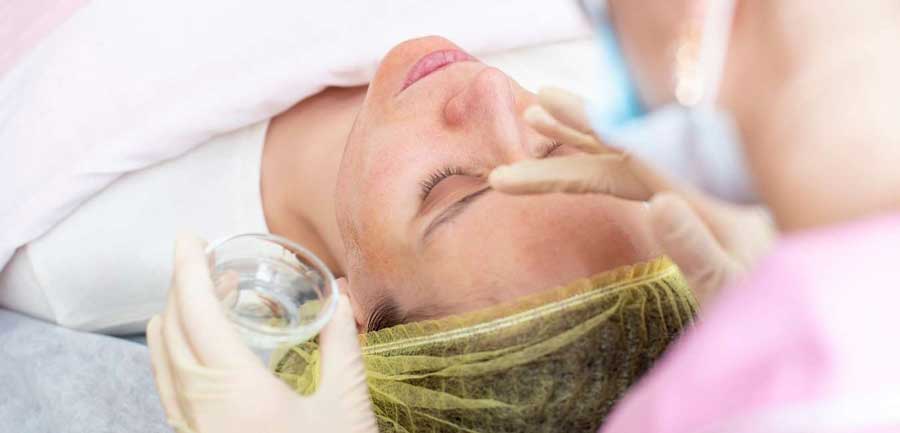
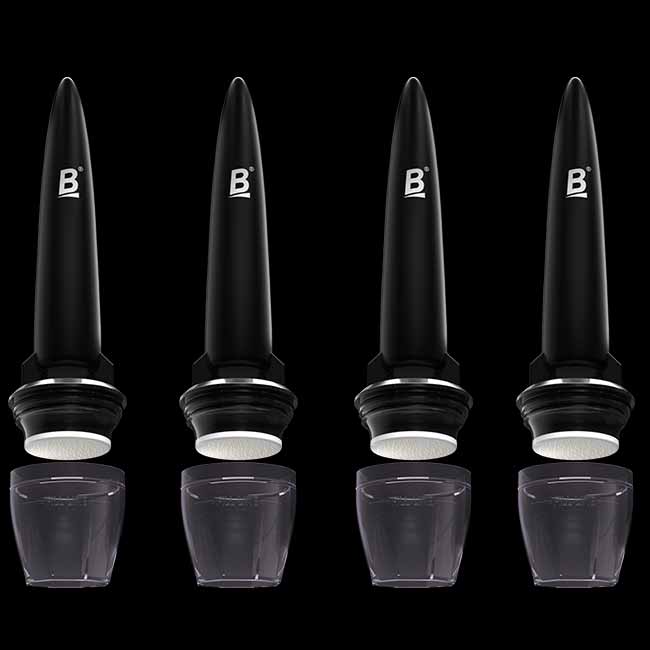
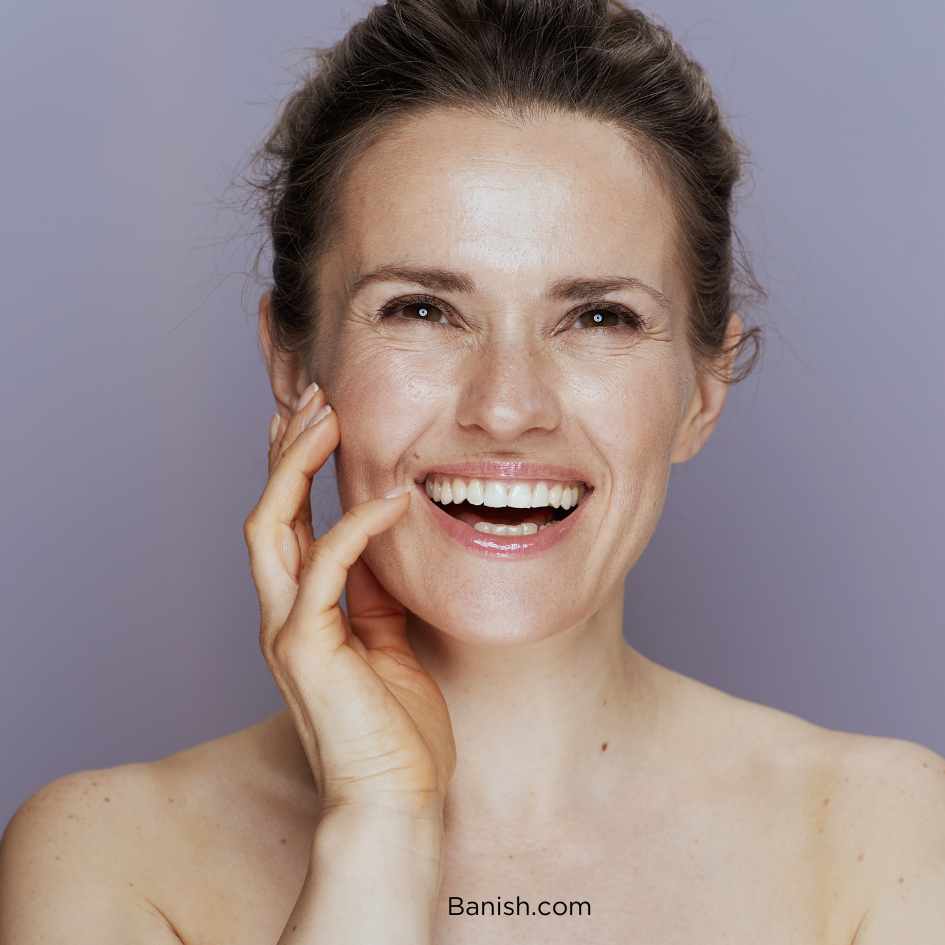
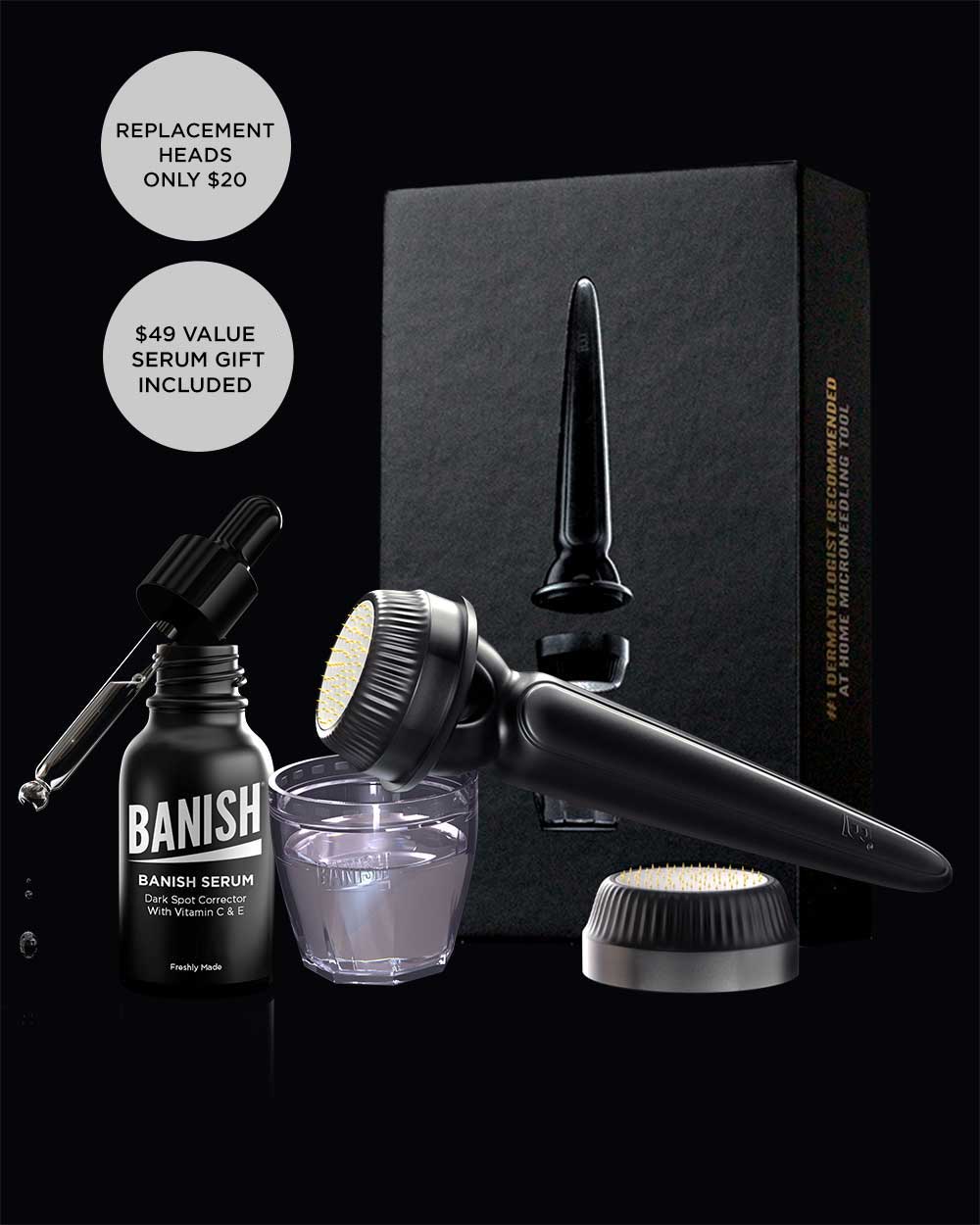
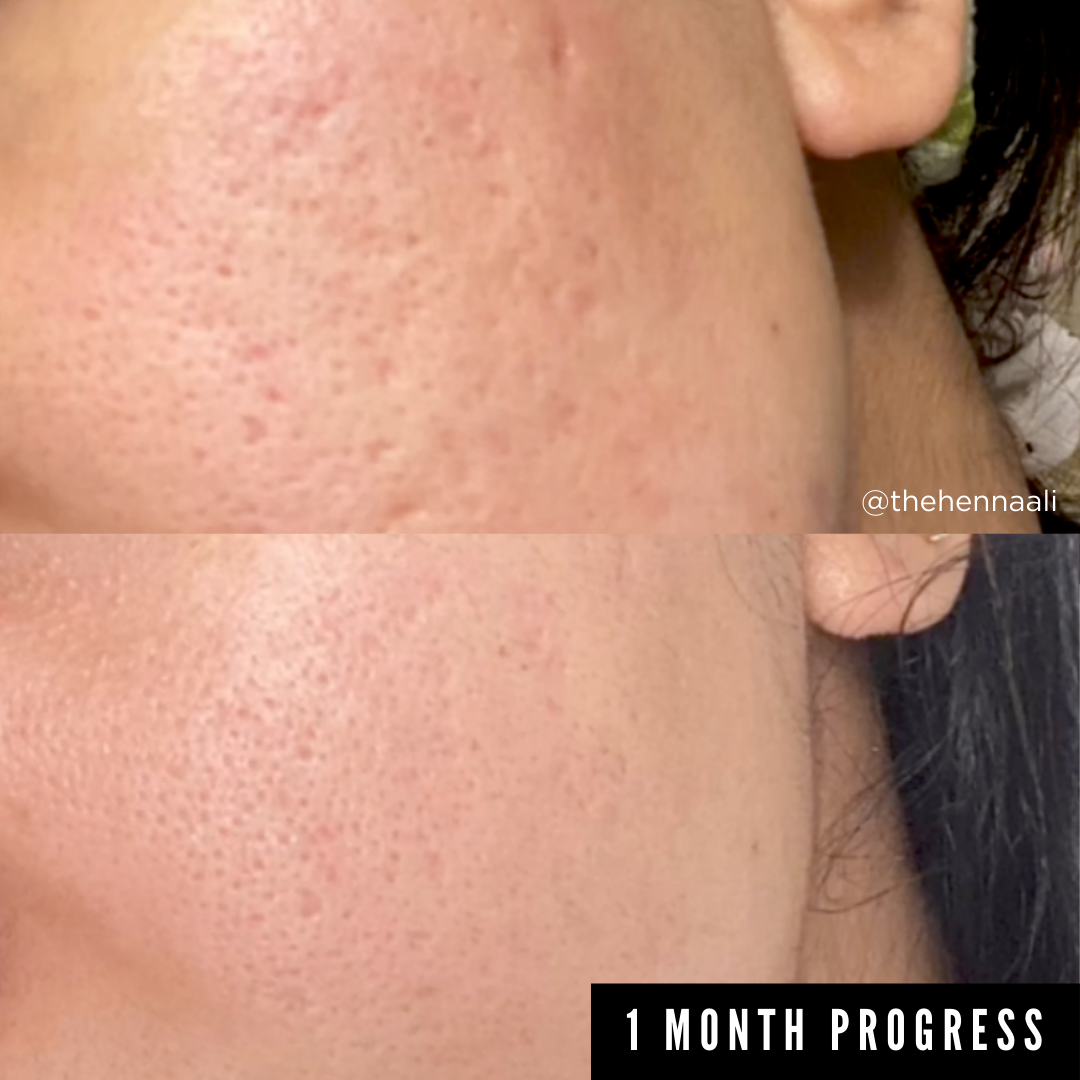
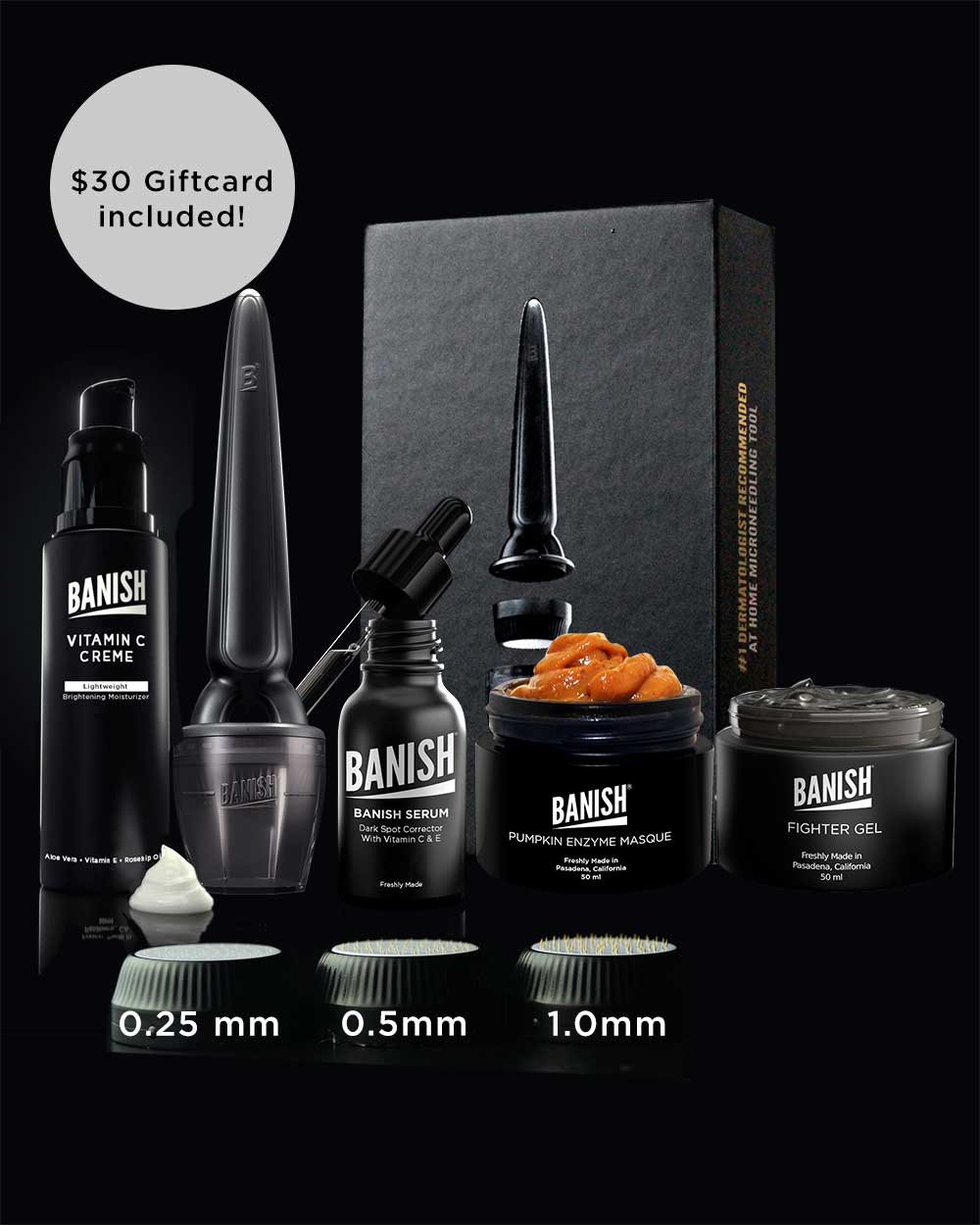
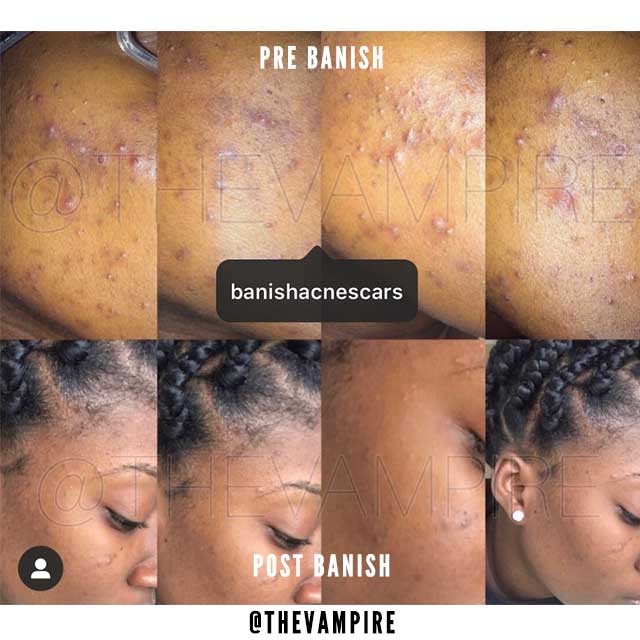
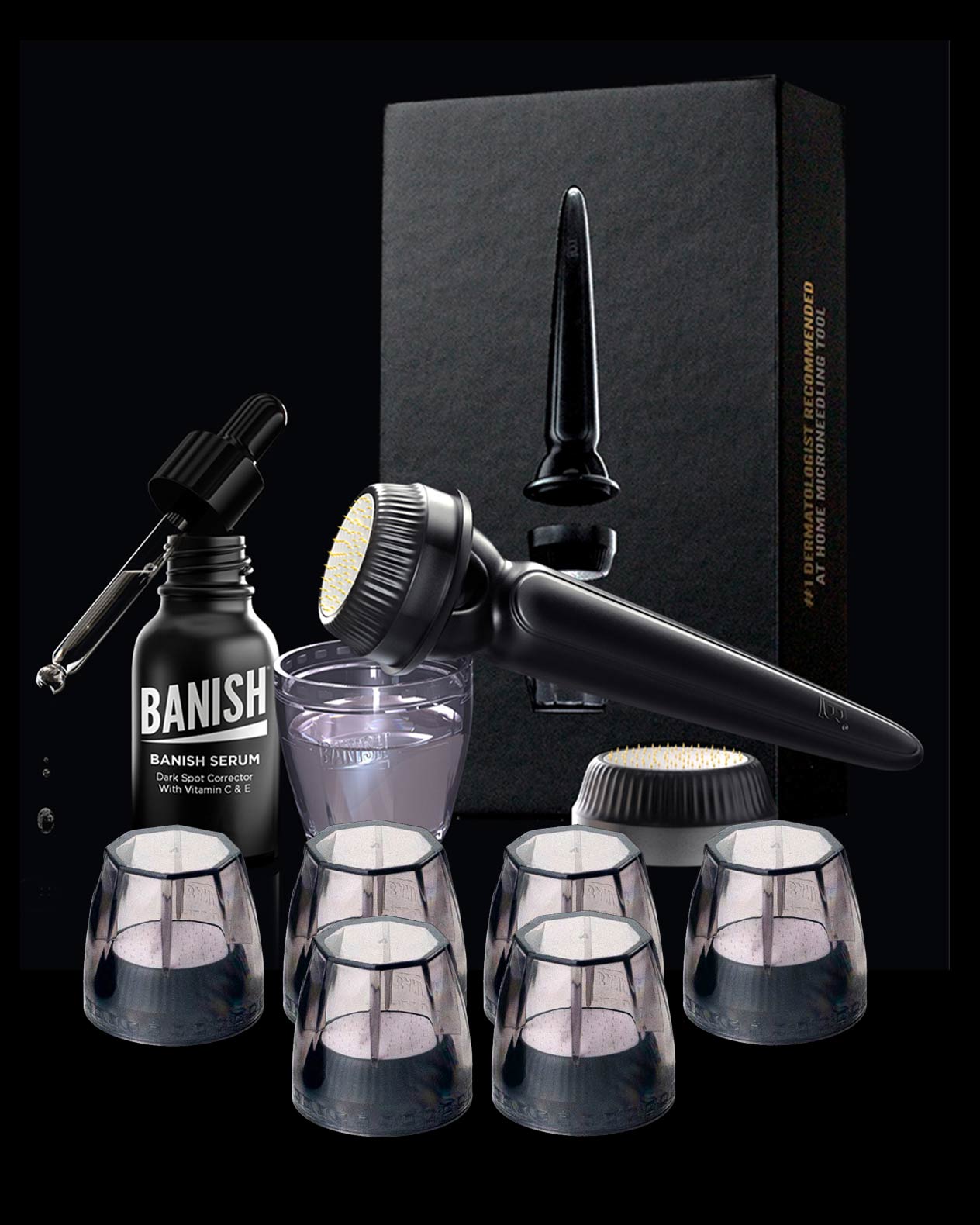
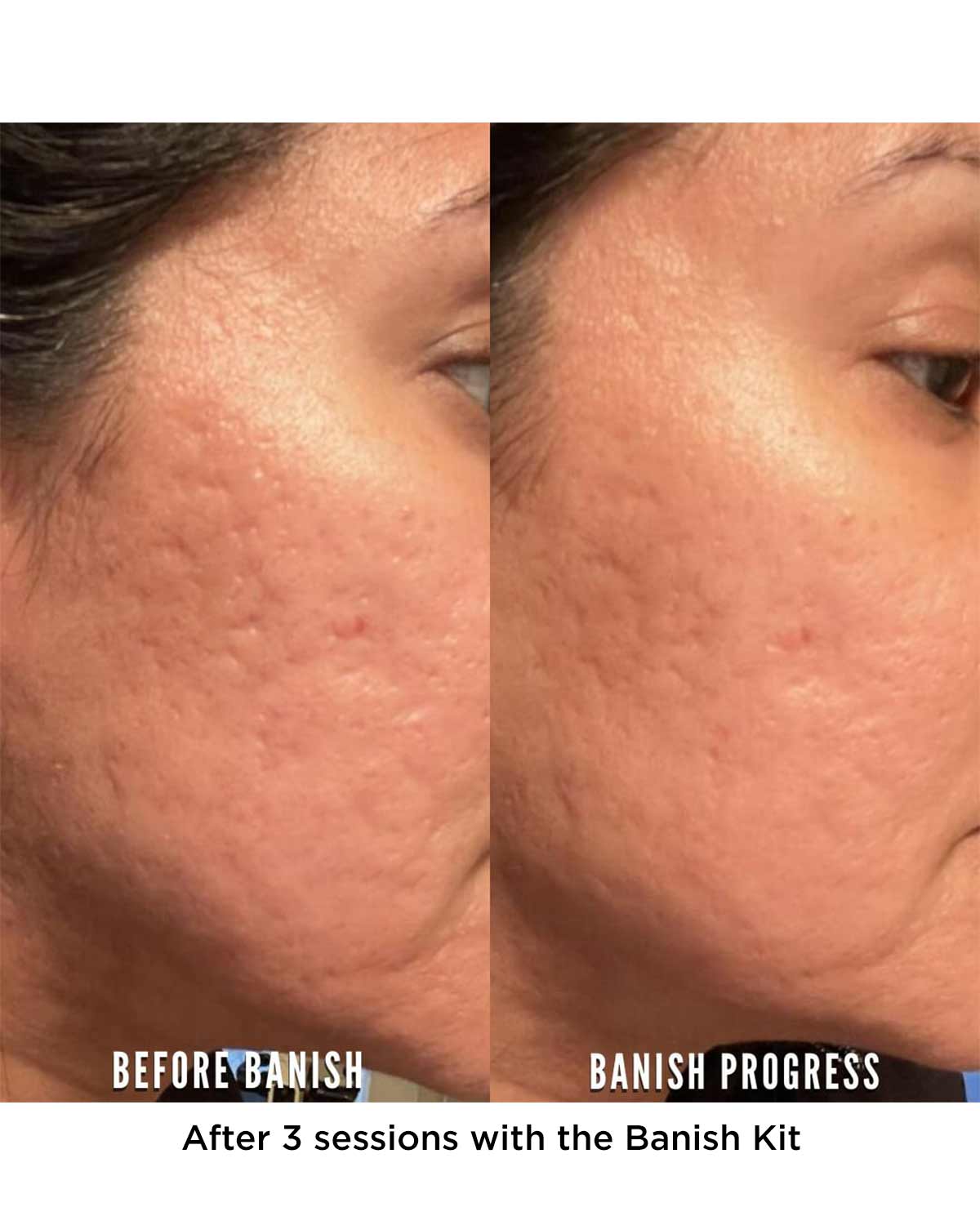
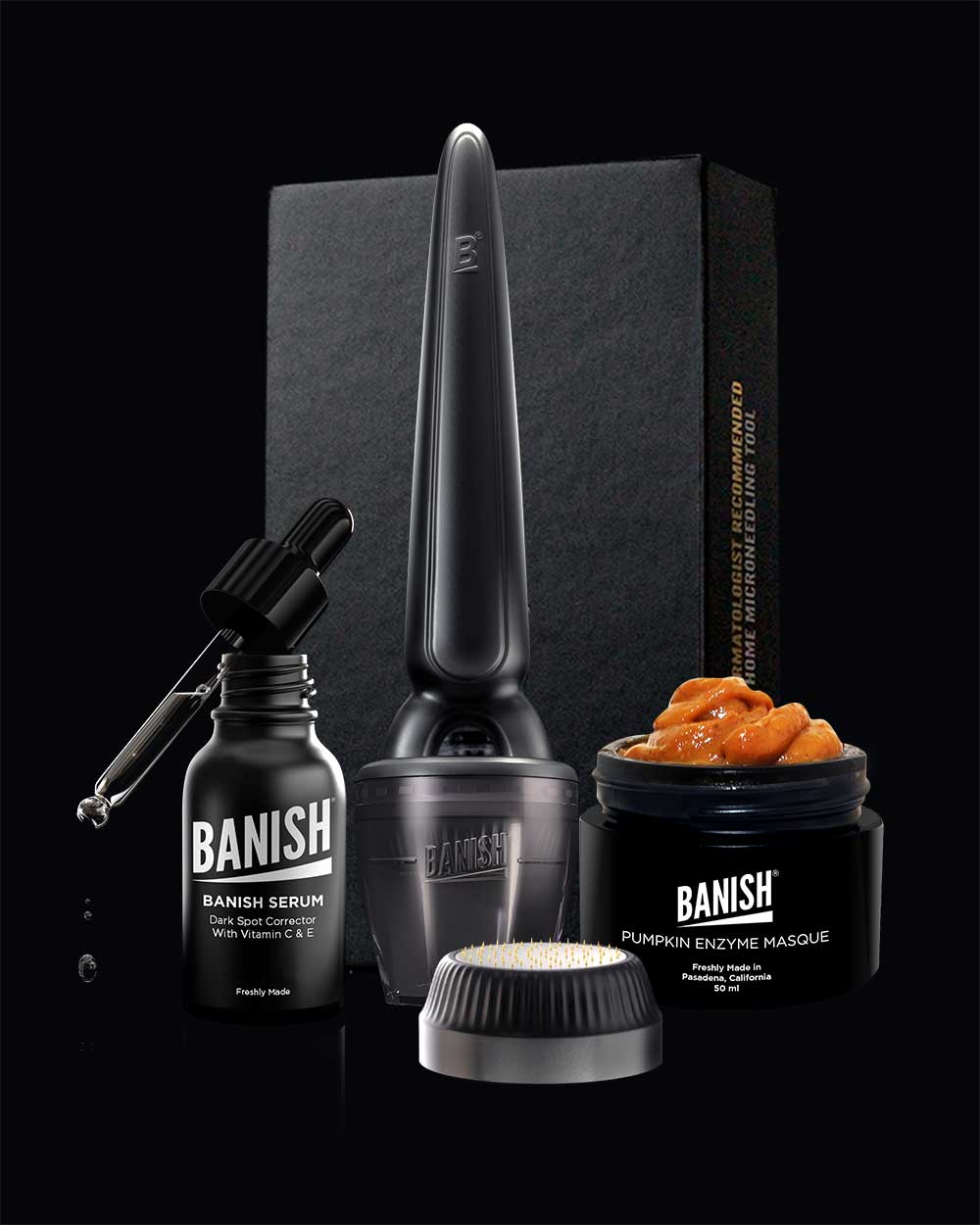

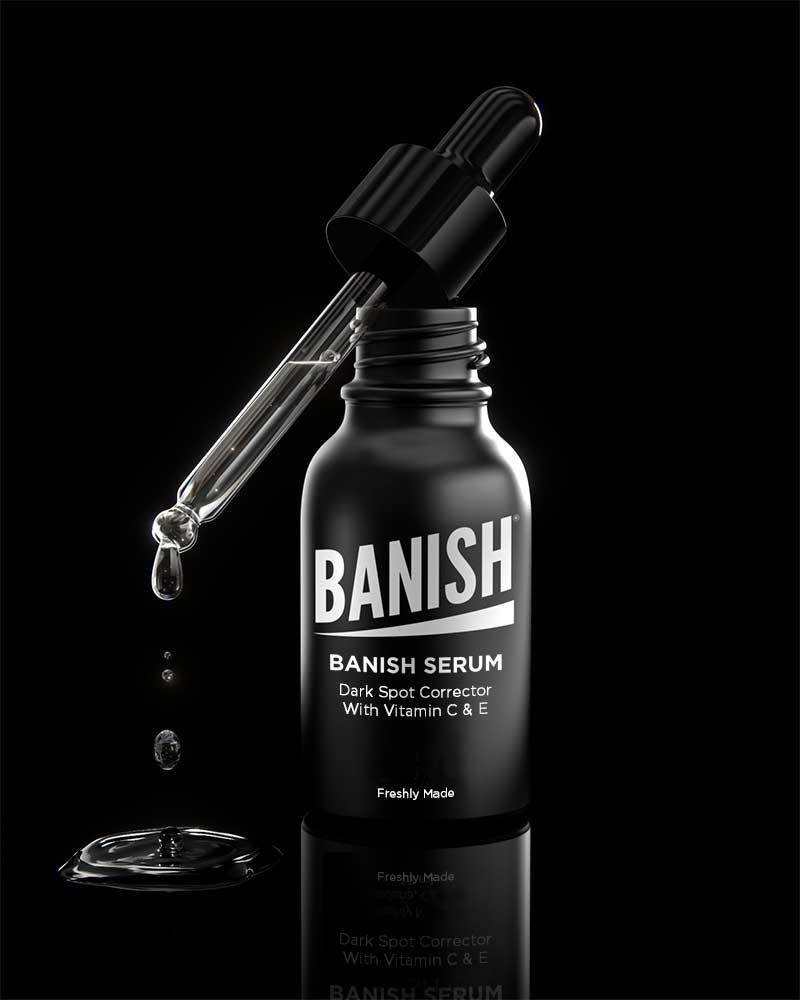
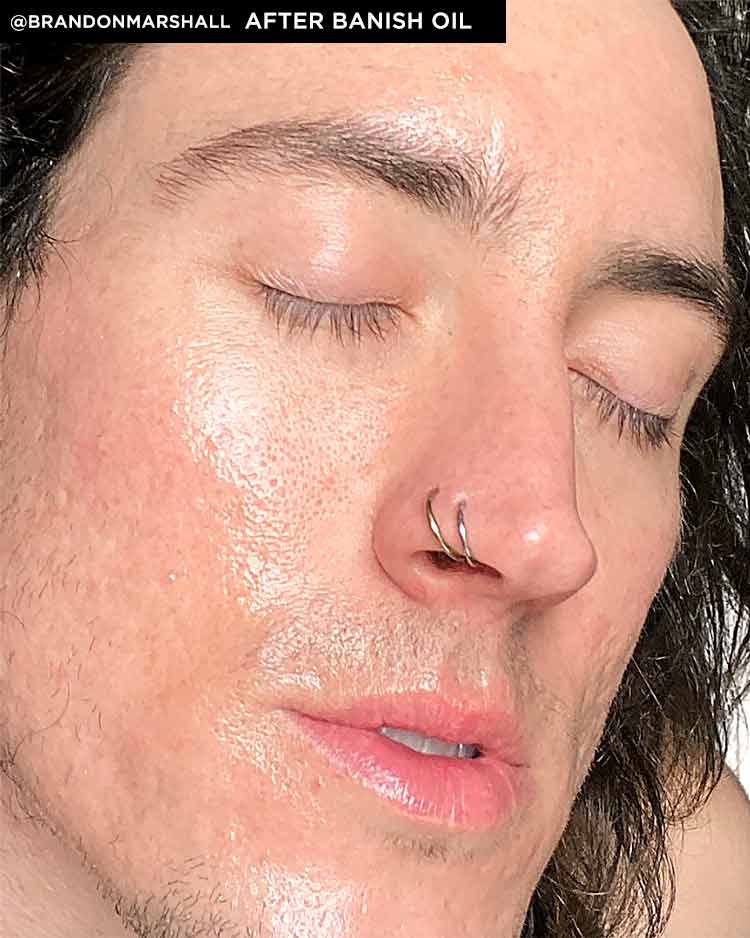
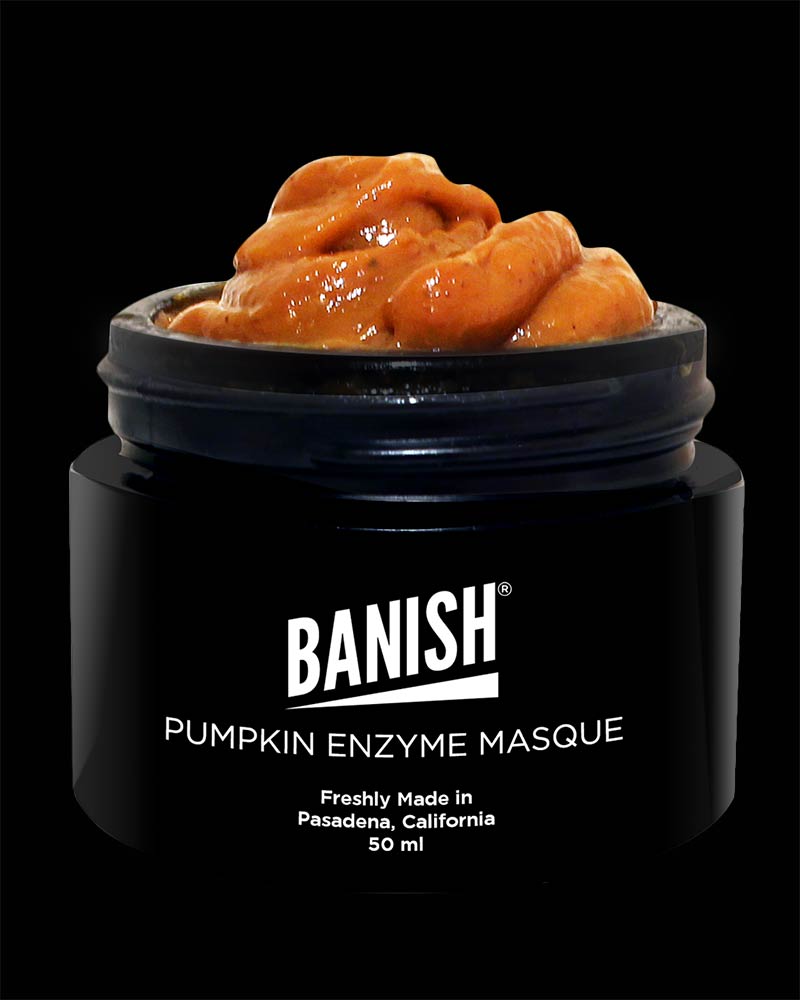
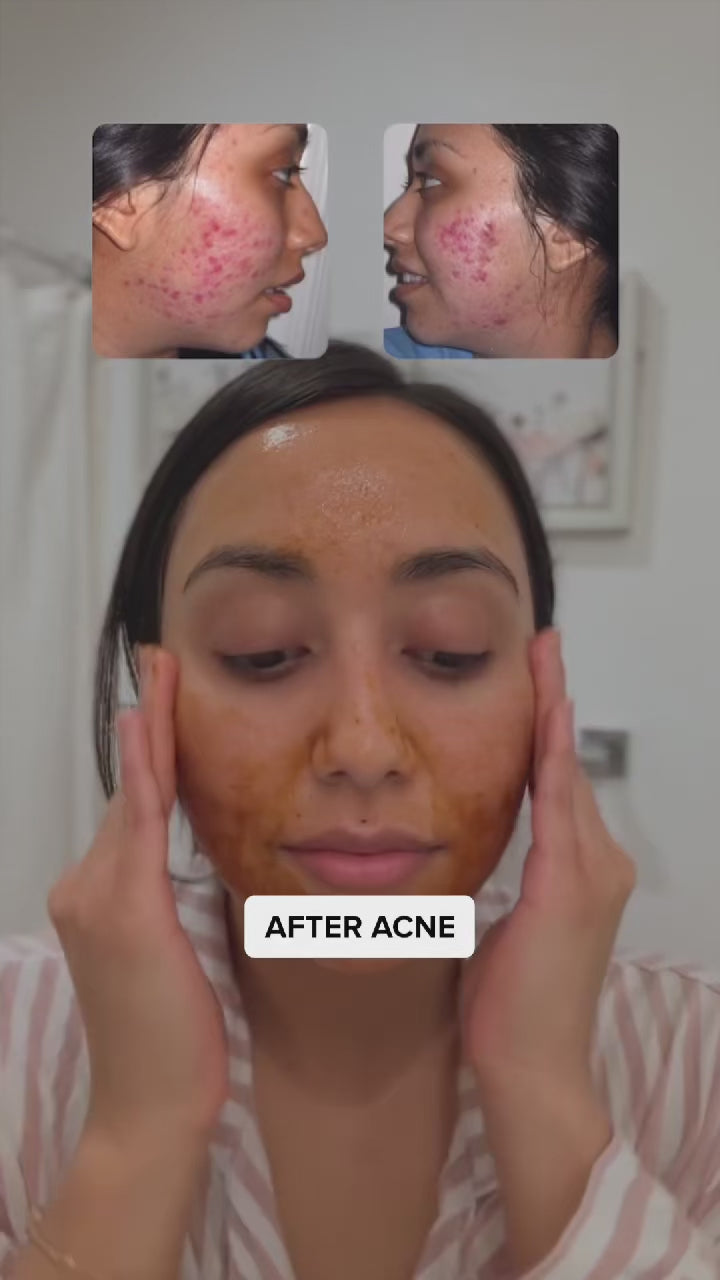





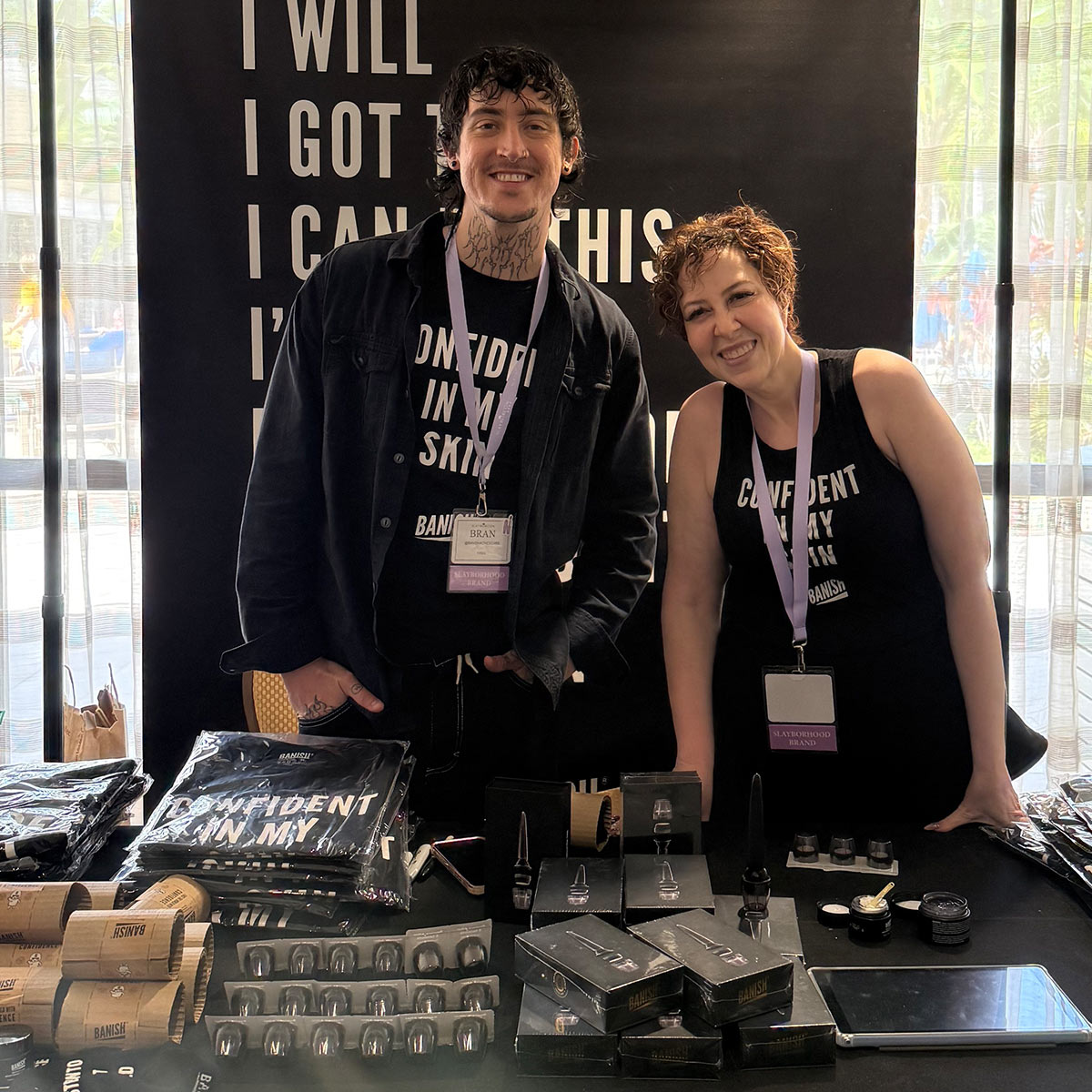




Leave a comment
All comments are moderated before being published.
This site is protected by hCaptcha and the hCaptcha Privacy Policy and Terms of Service apply.